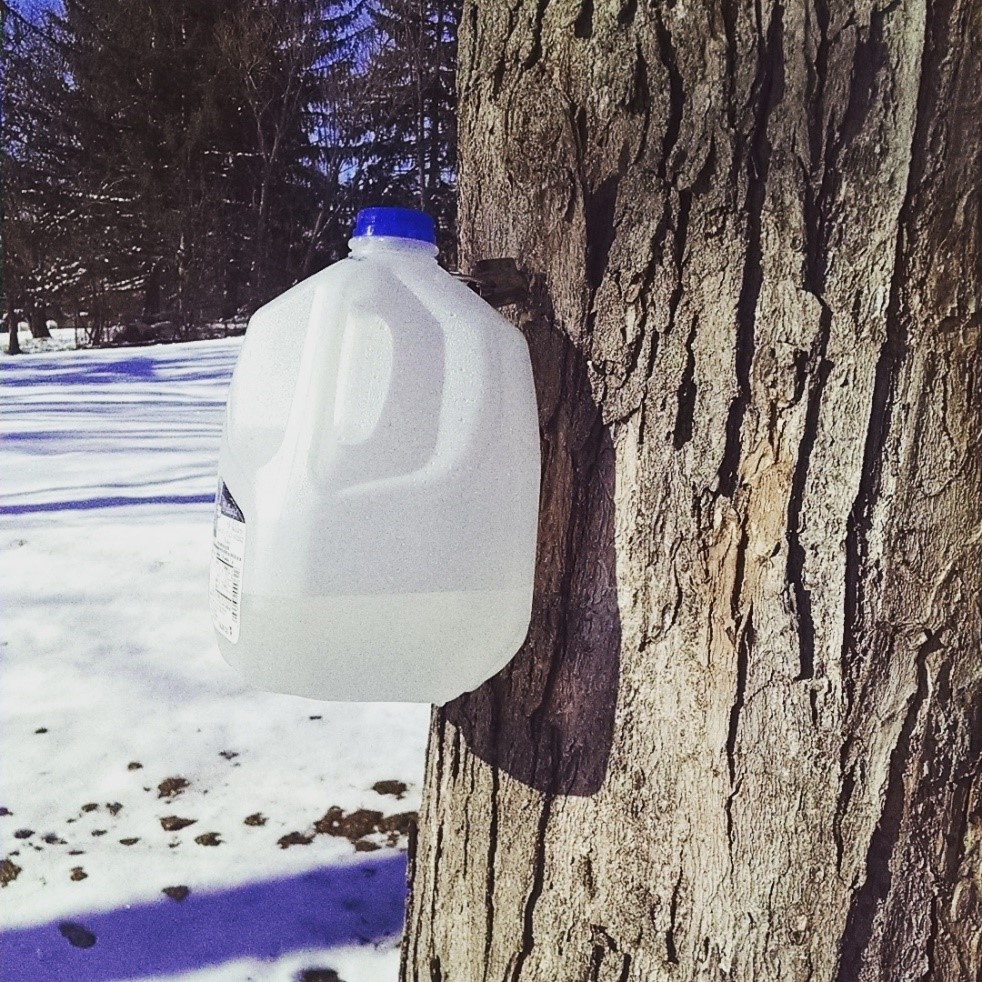July and mid-summer is when you get to see all the fruits of your year-long gardening labor. The flowers are blooming, the grass is green, and vegetable gardens are starting to produce. This is a great time to take a lot of breaks, to sit on the patio with lemonade or iced tea, and to enjoy what you have produced. This is also the right time to get certain chores done. Mid-summer gardens need careful watering, pruning and deadheading, and weeding.
Watering in Summer
This is the time of year when heat and drought can strike Bedford gardens, wreaking havoc on grass, annuals, and vegetables especially. A good rule of thumb is to ensure all these elements of your garden get an inch of water per week. For most locations this means you cannot simply rely on rain. Irrigation and planned watering are necessary.
When watering your lawn or beds with a sprinkler, try this simple trick to make sure the amount is adequate: Set an empty can on the ground with a permanent marker line at one inch on the inside. When the water has reached the line in the can, you have watered to one inch. The best time to water vegetables, flowers, and grass is in the early morning. This allows water to soak in without too much evaporation and it lets leaves dry during the day to minimize disease.
Weeding Beds
Mid-summer is a time of major growth, but not just for the plants you want to grow. Weeds will also be thriving right now. To protect your plants and make sure they are not out-competed for nutrients and water, it’s necessary to keep up with weeding in the summer. Pulling by hand is the best way to do this chore, so that you don’t harm other plants or insects with herbicides. Do it early in the morning while it’s still cool out and after watering when roots are easier to remove.
Deadheading Flowers
Your flower beds should be thriving at this time of year, but they will also have spent blooms. They may start to look a little scraggly and leggy. Now is a great time to begin deadheading and pruning as needed. For flowers blooming now, snip off those that are past their prime to make the plants look nicer and to encourage ongoing blooms for the rest of the summer.
Annual flowers that look leggy right now can be pruned back by about one-third to one-half. This will tidy them up but also encourage some new growth so that you get more out of them for the rest of the summer. This is also a good time to add a bloom-encouraging fertilizer to flowering plants. Use it about every two weeks to get more buds and flowers throughout the summer.
Gardening in mid-summer is all about maintenance and watching all your hard work and planning pay off. Enjoy the garden, but don’t rest too much. Your plants need you now to continue to grow and produce.






